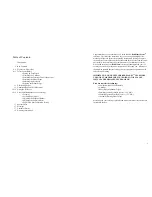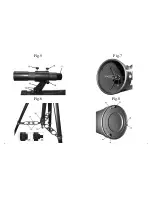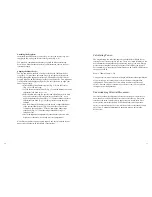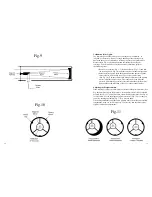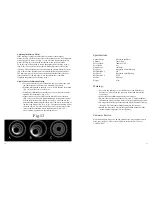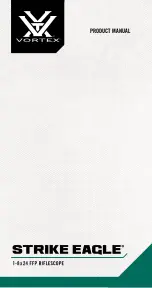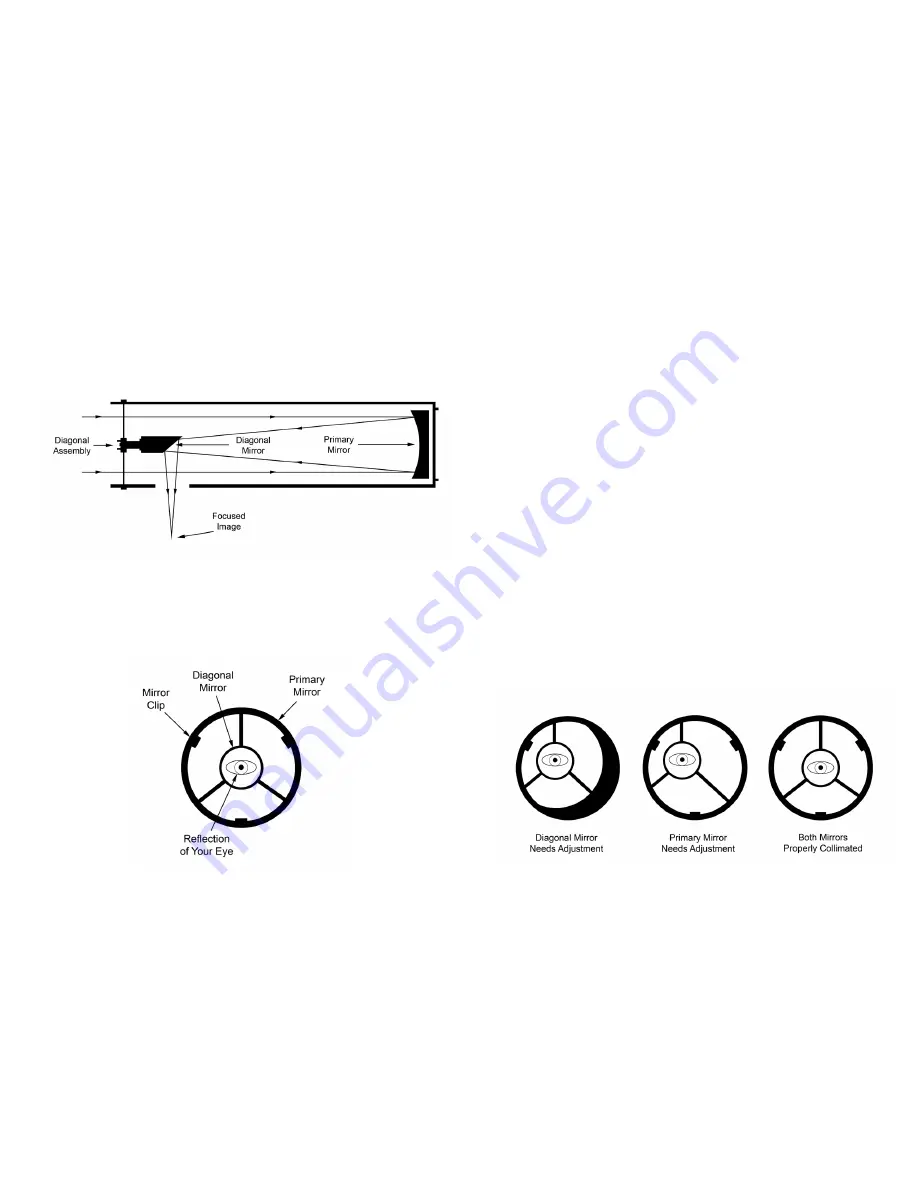
Collimation of the Optics:
The internal optics of the telescope have already been “collimated” or
“aligned” at the factory. However, rough handling of the telescope may
knock the optics out of collimation, resulting in poor optical performance.
Please refer to Fig. 9 to better understand the internal layout of your
telescope. To determine if your telescope needs collimation perform
the following steps:
• Remove the eyepiece (Fig. 1-3) from the focuser (Fig. 1-2) and turn
the focusing knob (Fig. 1-4) until the tube is at its innermost position.
• Point the telescope at a plain background and then peer through the
empty focuser. You should see a series of concentric circles
(See Fig. 10). The outer most circle being a reflection of the primary
mirror (with three mirror clips). The inner circle is the diagonal
mirror, which should be precisely centered inside the primary mirror.
You should see the reflection of your eye in the diagonal mirror.
Adjusting the Diagonal Holder:
If the telescope is properly collimated you should see the primary mirror (See
Fig. 10) and three clips in their entirety. If the primary mirror is not centered
properly (See Fig. 11) you will need to adjust the diagonal mirror (See Fig. 9)
to correct this. Loosen the diagonal mirror tilt screws (Fig. 7-26) so that you
can move the diagonal holder (Fig. 7-27) with your hand.
Tilt the diagonal holder until the entire primary mirror is visible and carefully
retighten the screws to lock it into place. If necessary, turn the three screws
slightly to make fine adjustments.
15
14
Fig.10
Fig.11
Fig.9
Summary of Contents for RP-100
Page 3: ...Fig 1 Fig 3 Fig 2 5 4 Fig 4...


